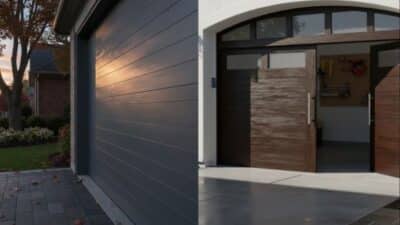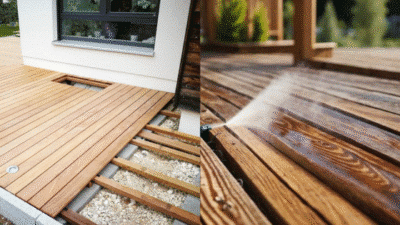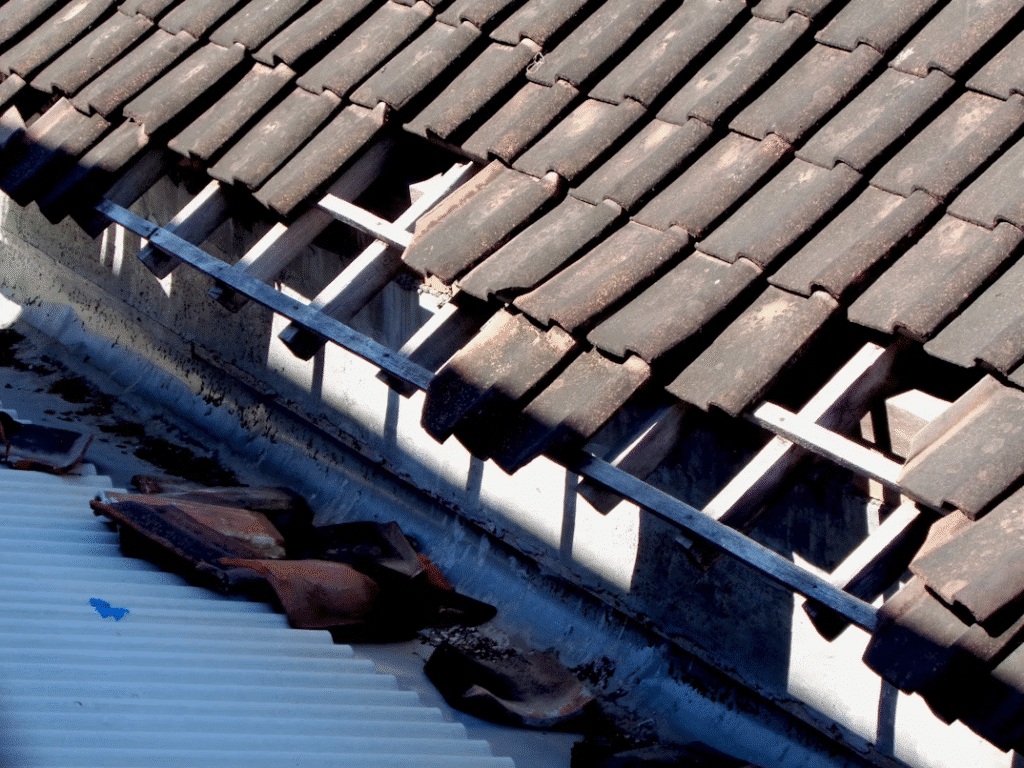
Roof damage creates unique challenges depending on the architectural style of a home. Design elements influence both the severity of the damage and the cost of repairs. Understanding how different roof types react to issues allows homeowners to make informed decisions and protect their property. Each architectural style carries its own set of vulnerabilities, making it important to know how specific designs influence maintenance and long-term durability.
Colonial Homes and Steep Rooflines
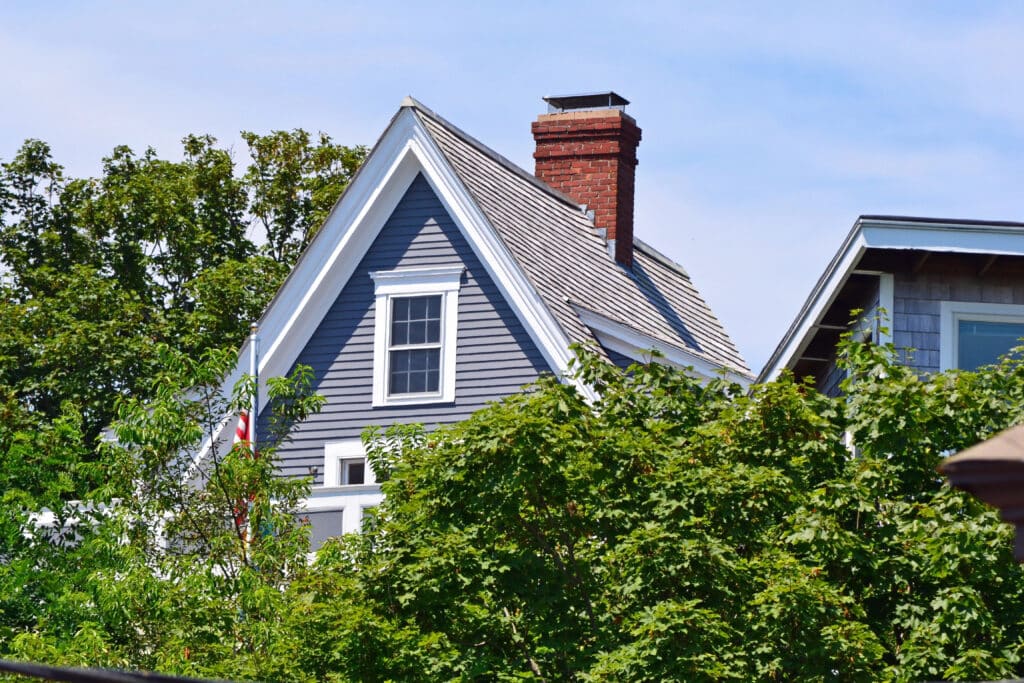
Colonial-style homes feature steeply pitched roofs that help shed water and snow quickly. While this design reduces the risk of pooling, the steep angles make repairs more hazardous and labor-intensive. Homeowners often require specialized crews who can navigate the sharp slopes safely. Access points are limited, which can raise costs and extend repair timelines. Choosing quality materials that match the traditional look remains vital to preserving the home’s character while preventing leaks. These homes may also face ice dam issues in colder climates, which adds another layer of maintenance concerns. Staying on top of seasonal inspections is the best way to limit future expenses.
Mediterranean Designs and Tile Vulnerability
Mediterranean homes often display clay or concrete tiles that create a distinct and elegant appearance. These tiles resist fire and withstand high heat, but they are vulnerable to cracking when exposed to strong impacts or shifting foundations. Replacing tiles requires precision to avoid damaging adjacent pieces. Homeowners sometimes delay maintenance because repairs can seem complex, but this increases the risk of structural issues beneath the surface. Securing professional roof damage help ensures tiles are handled with care, protecting both the appearance and the underlying framework. Without timely attention, water can seep beneath the tiles, damaging insulation and wooden supports. Regular checkups keep the aesthetic appeal intact while safeguarding the property.
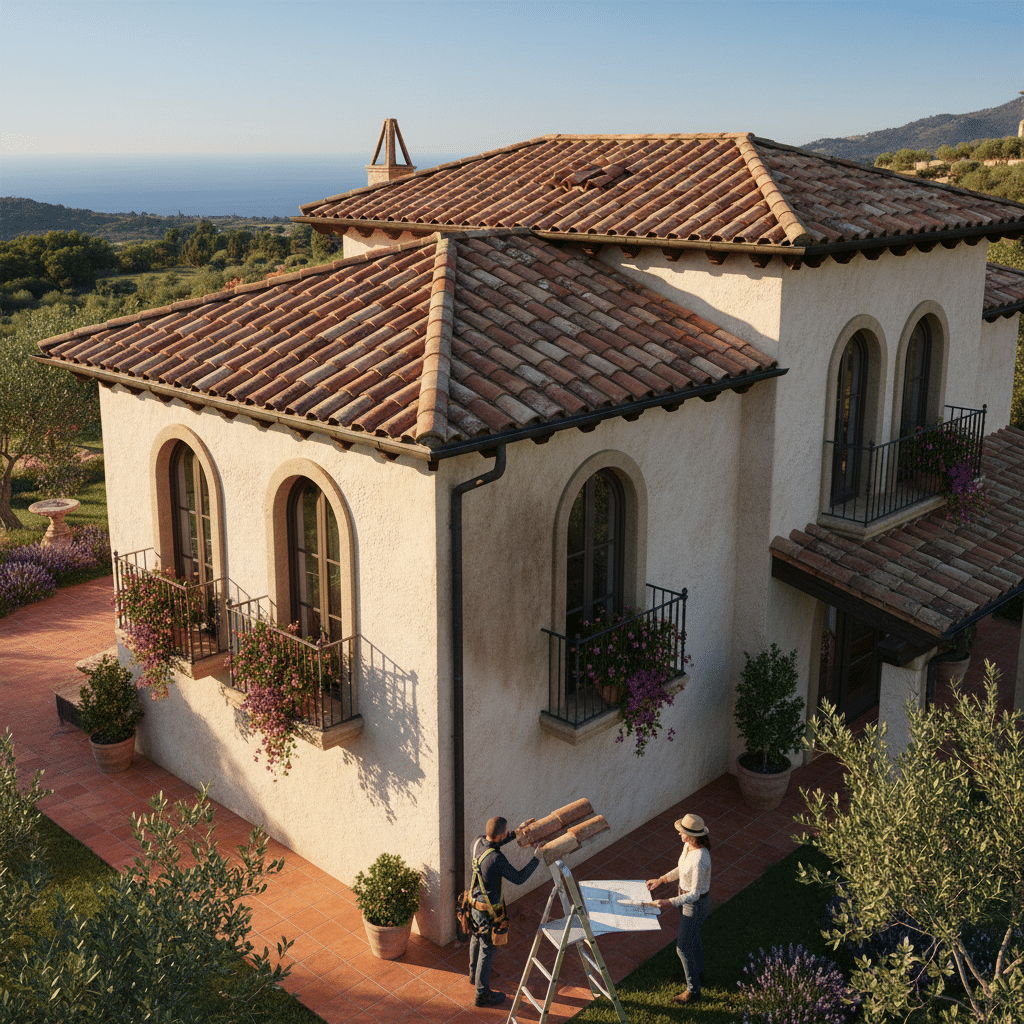
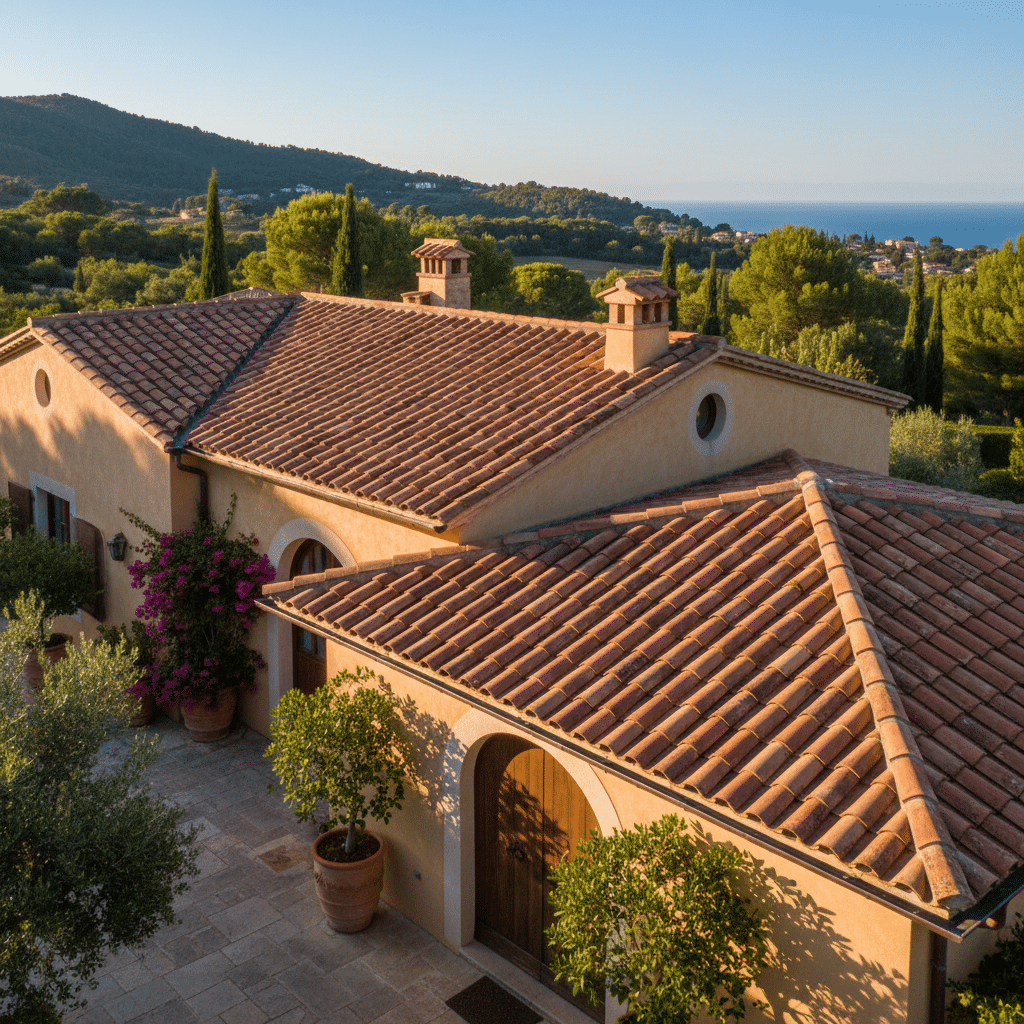
Contemporary Flat Roofs and Drainage Issues
Contemporary homes with flat or low-slope roofs often face challenges with drainage. Water does not run off as quickly, and clogged drains or inadequate waterproofing can lead to leaks. Flat roofs typically use membranes or coatings, which degrade without proper maintenance. Regular inspections remain critical because small punctures or pooling water can create significant interior damage. These roofs may be easier to access than others, but the ongoing maintenance needs are more frequent, requiring homeowners to stay proactive. Some modern designs include built-in gardens or decks, which add weight and further stress drainage systems. Careful planning and maintenance prevent costly problems that impact both functionality and design.

Victorian Architecture and Complex Detailing
Victorian homes showcase intricate rooflines, turrets, and decorative elements that complicate repairs. Multiple intersecting planes create areas where water can collect if flashing fails. Restoring these roofs requires balancing historical preservation with modern materials. Contractors must work carefully to maintain the ornate appearance while reinforcing vulnerable spots. Repairs often take longer because specialized craftsmanship is needed to match original details, which increases both time and expense. Homeowners who invest in preventative care can minimize extensive work while retaining the historic value of their property. Even minor leaks can escalate quickly due to the elaborate roof structure, making routine inspections a smart priority.
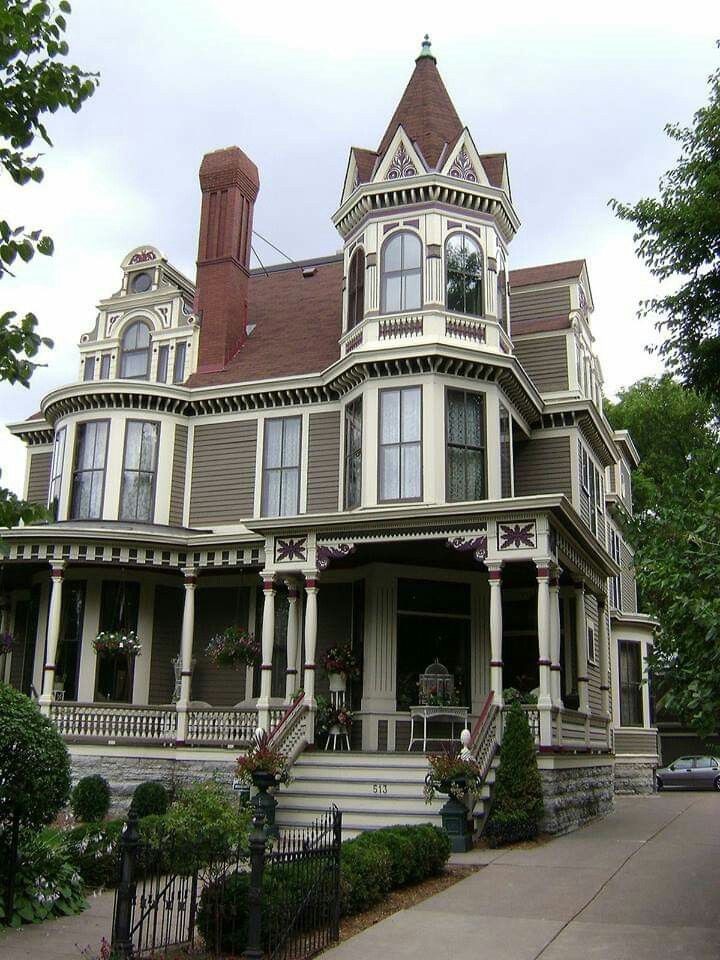

Ranch Homes and Expansive Roof Areas
Ranch-style homes feature large, sprawling roofs that cover wide areas of living space. While these roofs often use simple gable or hip designs, their size makes damage extensive and costly to repair. Shingles on such roofs are exposed to more direct sunlight, which accelerates wear. Even minor damage can spread quickly across the broad surface. Routine inspections and timely repairs help limit expenses, but homeowners must budget for the scale of materials and labor required. Another challenge is that larger roofs often require more ventilation to prevent heat buildup in the attic, which can affect roof lifespan. Attention to both structure and ventilation preserves durability and keeps repair costs manageable.
Roof skylights are an excellent way to bring more natural light into your home, creating a brighter and more spacious atmosphere. They not only enhance the aesthetic appeal of any room but also help reduce energy costs by minimizing the need for artificial lighting during the day. Whether you choose fixed or ventilated models, roof skylights add a modern touch and improve the overall comfort and value of your living space.
Craftsman Style and Overhanging Eaves
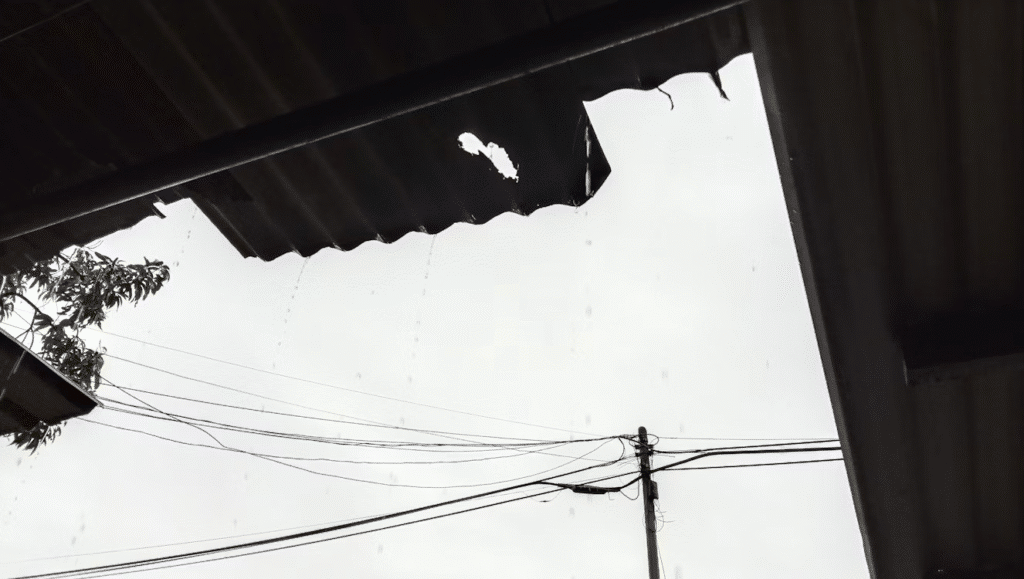
Craftsman homes are known for wide overhanging eaves and exposed rafters. While visually appealing, these features create areas prone to water damage and rot if gutters become clogged. Strong winds can lift shingles along the extended edges, leaving gaps for moisture intrusion. Maintaining these roofs requires extra attention to eaves and edges, as neglect in these areas can compromise the entire structure. With proper care, the style retains both its charm and durability. Another key factor involves the decorative brackets and beams, which must be inspected regularly to ensure they are not weakened by weather exposure. Proactive care keeps the home looking authentic while preventing expensive structural issues.
Roof damage impacts every architectural style differently, but consistent maintenance and timely repairs protect both function and design. Homeowners who understand the vulnerabilities of their roof style can make better choices when it comes to inspections, materials, and long-term investments. A thoughtful approach ensures that a roof not only maintains its visual appeal but also continues to safeguard the home for years to come.
- 0shares
- Facebook0
- Pinterest0
- Twitter0

